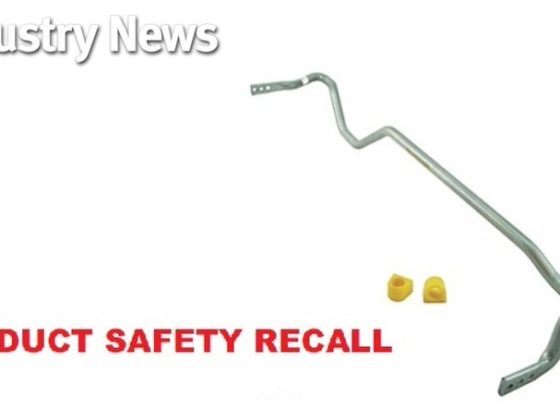,
Our Koyo radiator featured a beefy R-Series 53mm core, which doubled our coolant volume, and increased thermal capacity by at least 30% from mass alone. Superior fin design contributed to additional thermal capacity. All Koyo R-Series cores are Nocolok brazed, which is a non-corrosive flux brazing process done under a controlled atmosphere. Nocolok brazing is considered the superior method for brazing aluminum. Cheap knockoff products are unlikely to use this process, let alone put the effort into ensuring proper atmospheric conditions. Our Koyo radiator featured the highest level of workmanship, zero flaws, and the polished endtanks added some much-appreciated bling under our hood. We topped off our radiator with a NISMO 1.3 bar radiator cap from G-Spec Performance to increase coolant pressure and discourage the coolant from boiling.
 |
| Working on a car at the track can be an aggravating experience, and is to be avoided at all costs. The rush to get the car finished before the next session can result in mistakes, and not fixing it all ruins an expensive weekend. Here you can see Project G20 with motor #1. |
Unfortunately, the best radiator in the world won’t keep the SR20 from overheating due to an aggravating oversight in the water pump pulley’s design. Nissan, for whatever reason, designed the water pump pulley to spin the water pump faster than its design allowed at higher RPM, causing it to cavitate. While the causes for cavitation above 6000rpm likely have to do with the poor impeller design and insufficient incoming flow to the water pump, the results are an overheating engine. To combat this, we turned to G-Spec Performance for their oversized aluminum water pump pulley.

This pulley is 15% larger than even the Unorthodox water pump pulley, and should keep our water pump from cavitating throughout the expected rev range of our engine (8000rpm). Some slight clearancing of the front timing cover is necessary to install this pulley, and make sure to order a 4PK865 belt as well, as the stock-sized unit will not work. This pulley also adds a couple of horsepower at the wheels above 6000rpm to boot.
 |
| Our Koyo radiator for a Sentra SE-R with Samco silicone hoses. This radiator fit with very little trouble and has kept our coolant temperatures in check despite the extreme temperatures experienced in Southern California road racing. |
To finish our round of cooling system component modifications, we replaced the stock rubber radiator and water pump hoses with silicone hoses from Samco. The radiator hoses were originally designed for the Nissan Pulsar GTiR, but will fit without modification to any FWD SR20 car. They also give adequate clearance for compressor inlets on turbos mounted to any stock FWD turbo manifold. The rear hose under the intake manifold that feeds the water pump, while not overly prone to failure, is a tremendous PITA to replace. During one of our many engine swaps, we took a few extra minutes to replace this hose.
Finally, we filled our radiator with distilled water and Redline Water Wetter. Redline Water Wetter is a surfactant that improves heat transfer and reduces the vapor barrier on hot metal surfaces. Since most sanctioning bodies disallow the use of anti-freeze because it makes the track slippery if any is spilled, Water Wetter’s rust and corrosion inhibiting properties allow us to run 100% water without concern about rusting steel components in the cooling system.
 |
| Our Euro Primera bumper features plenty of openings for heat exchangers. |
Our next source of frustration, and the biggest contributor to our SR20 graveyard, came in the form of ventilated engine blocks from oil system issues. The SR20 under road racing conditions can heat the oil to alarming temperatures. Pegged oil temp gauges (beyond 300*) are not unheard of on hot days in the heat of battle, and all that heat is not good for the engine. The primary concerns with excessively high sump temps are thinning the oil and softening of the engine’s bearings. With a high quality synthetic oil, and the short oil change intervals (OCIs) seen with racecars, oil breakdown is generally not a concern.



